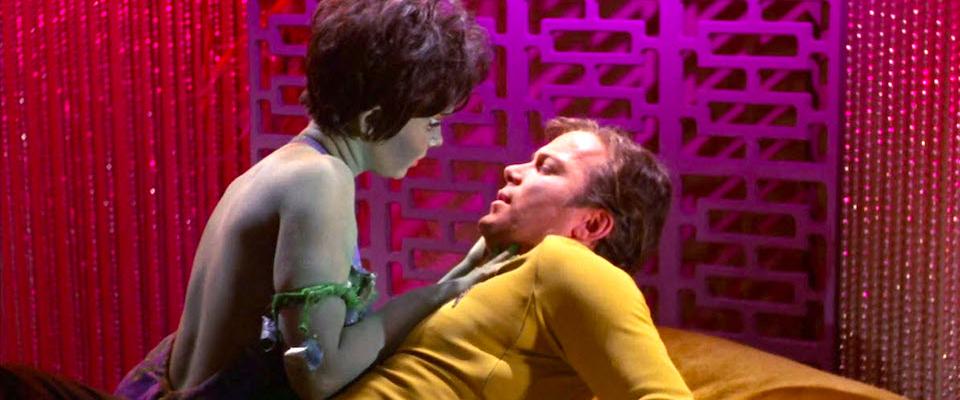To the average technology consumer, a quantum computer sounds like something out of science fiction. But these machines are real, and scientists at Berkeley are working on one right now.
So what is a quantum computer?
Well, a “classic” digital computer, like the one at your desk, stores information in bits, a basic unit of information. Binary bits, found in the computers we use daily, can only be zero or one, or on or off.
A quantum computer, on the other hand, operates on quantum bits, or qubits, which are subatomic particles that can be zero and one at the same time, or anything in between. “If you go down to zero and a half or zero and a quarter,” says Bert de Jong, who heads the computational chemistry group at the Lawrence Berkeley National Laboratory, “you can compute on those all at the same time instead of only on a zero or a one. You can do a lot more.”
“Nobody really knows how to do this right now,” said de Jong.
This concept, which even stumped Albert Einstein, is called superposition. It allows scientists like de Jong and Irfan Siddiqi, vice chair of Berkeley’s physics department and founding director of the Center for Quantum Coherent Science, to explore scientific problems that have plagued researchers for decades, such as what happens in a black hole.
Currently, working prototypes of quantum computers do exist, albeit probably fewer than a dozen. And scientists at LBL are building their own. In September, the Department of Energy awarded them a grant of $3 million per year to construct a quantum computer and the software needed to operate it.
The hardware team, co-led by Siddiqi and his colleague at the lab Jonathan Carter, will build the computer and study its properties and applications over five years. The software team of a dozen researchers, led by de Jong, will design algorithms and even new math over three years.
“Nobody really knows how to do this right now,” said de Jong. “There’s ideas, but they haven’t been explored because we haven’t had hardware. As soon as [Siddiqi] gets his 8 qubit up and running, we are going to do some experiments on that.”
Qubits can be created by lining up atoms, using lasers, or freezing them. Although they all operate on the same principles of quantum mechanics, their “requirements” may differ, and de Jong’s team will have to design algorithms that are compatible with all of them.
To maintain their quantum properties, superconducting qubits like the ones at Berkeley must be kept at absolute zero—the lowest temperature theoretically possible, equivalent to –459.67 degrees Fahrenheit. Despite the hype, the white cylindrical freezer that houses the qubits is unimpressive. It’s utilitarian and stark, like something you’d find on a spaceship, and hangs like an appendage from a stainless steel chamber. Wires snake from the room and plug into blinking machines resembling DVD players. The superconducting chip that lives in the cryogenic chamber is no bigger than the tip of your pinky.
“Right now we have the physical hardware, which is all cooled to a very low temperature,” said Siddiqi. “You run it like any other computer—it’s just that the hardware is not in a box underneath your desk. The hardware is in some big cryogenic apparatus next to you.”
Siddiqi’s team have already produced an 8 qubit system, with the ultimate goal of reaching 64 qubits. This would be the first time anyone in the U.S. passes what’s called the “quantum–classical boundary,” achieving a quantum processor that would surpass any digital supercomputer.
Don’t expect to see quantum computers at your desk or in your phone; they’re simply too advanced to run today’s programs—like slicing bread with a chainsaw. But de Jong predicts that in the next five to ten years they could become commonplace in research facilities and national labs.





















